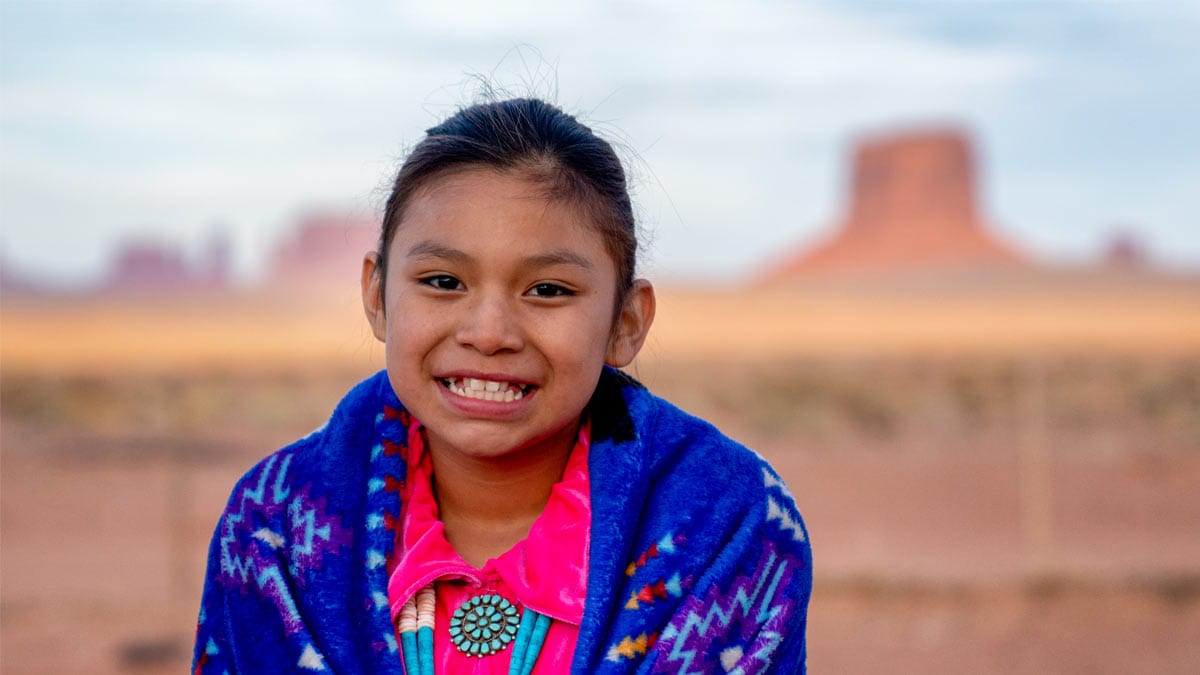At a glance
- There is no safe level of exposure to secondhand smoke (SHS).
- There is evidence that American Indian and Alaska Native (AI/AN) people are exposed to high levels of secondhand smoke, even if they do not smoke themselves.
- There are actions that can be taken to protect people from secondhand smoke.

Overview
CDC is focused on protecting all people from health risks—including secondhand smoke (SHS)—where they work, live, and play. There is no safe level of exposure to the smoke made by burning commercial tobacco.A1 Secondhand smoke can cause heart disease, stroke, lung cancer, and other health problems.21
Research shows that smokefree air policies keep deadly chemicals out of the air we breathe. State smokefree laws do not automatically cover tribal nations or reservations, and many Native areas do not have the resources to put strong smokefree protections in place and make sure they are followed.3 However, in October 2021, the Navajo Nation Council passed the first ever commercial smokefree air policy, banning 100% of commercial tobacco products on Navajo Nation lands with no exceptions.4
There is evidence that American Indian and Alaska Native (AI/AN) people are exposed to high levels of secondhand smoke, even if they do not smoke themselves. A study of Northern Plains American Indian people who did not smoke found that their levels of cotinine (a chemical in the body that means a person has been exposed to tobacco smoke) were 28% higher than would be expected for people in the general population who do not smoke.5 A study of American Indian people living in the Midwest found that 37% were employed at a worksite that did not have comprehensive smokefree protections in place.6
Strategies to protect people from secondhand smoke:
- Acknowledging the traditional use of tobacco and distinguishing it from commercial tobacco use.
- Understanding and respecting tribal sovereignty when crafting compacts or designing programs.7
- Tailoring communications, outreach, and organizing strategies to the local context.8
- Building relationships with tribal officials, stakeholders, cultural and spiritual leaders, and community members.9
- Collaborating with AI/AN leaders to communicate about smokefree initiatives. Voluntary efforts to make casinos smokefree have been successful when they ensured that messages come from AI/AN people and address concerns about how a smokefree policy would affect revenue and income.10
- "Commercial tobacco" means harmful products that are made and sold by tobacco companies. It does not include "traditional tobacco" used by Indigenous groups for religious or ceremonial purposes.
- U.S. Dept of Health and Human Services. The health consequences of involuntary exposure to tobacco smoke: a report of the Surgeon General. U.S. Dept of Health and Human Services, 2006. Accessed March 19, 2022. https://www.ncbi.nlm.nih.gov/books/NBK44324/
- U.S. Dept of Health and Human Services. The Health Consequences of Smoking: 50 Years of Progress. A Report of the Surgeon General. U.S. Dept of Health and Human Services; 2014. Accessed March 19, 2022. https://www.ncbi.nlm.nih.gov/books/NBK179276/
- Tribal Tax Policies for Commercial Tobacco. Public Health Law Center, MPHI, National Indian Health Board, Keep It Sacred National Native Network; 2019.
- Nez Henderson P, Leischow S. Air is life: The Navajo Nation's historic commercial tobacco ban. National Cancer Institute; 2022. Accessed February 14, 2022. https://www.cancer.gov/news-events/cancer-currents-blog/2022/navajo-nation-commercial-tobacco-ban
- Tanner J, Henderson JA, Buchwald D, Howard BV, Nez Henderson P, Tyndale RF. Relationships between smoking behaviors and cotinine levels among two American Indian populations with distinct smoking patterns. Nicotine Tob Res. 2018;20(4):466–473.
- Berg CJ, Makosky Daley C, Nazir N, et al. Smoke-free policies in the workplace and in the home among American Indians. J Health Dispar Res Pract. 2012;5(2):81–91.
- Sloan A. Tribal sovereignty and tobacco control in state-tribe cigarette compacts. BYU Law Review. 2017;5:1261–1296.
- Nez Henderson P, Roeseler A, Moor G, et al. Advancing smoke-free policy adoption on the Navajo Nation. Tob Control. 2016;25(Suppl 1):i26–i31.
- Blanchard JW, Petherick JT, Basara H. Stakeholder engagement: a model for tobacco policy planning in Oklahoma Tribal communities. Am J Prev Med. 2015;48(1 Suppl 1):S44–S46.
- Klepeis NE, Dhaliwal N, Hayward G, et al. Measuring indoor air quality and engaging California Indian stakeholders at the Win-River Resort and Casino: collaborative smoke-free policy development. Int J Environ Res Public Health. 2016;13(1):143.
